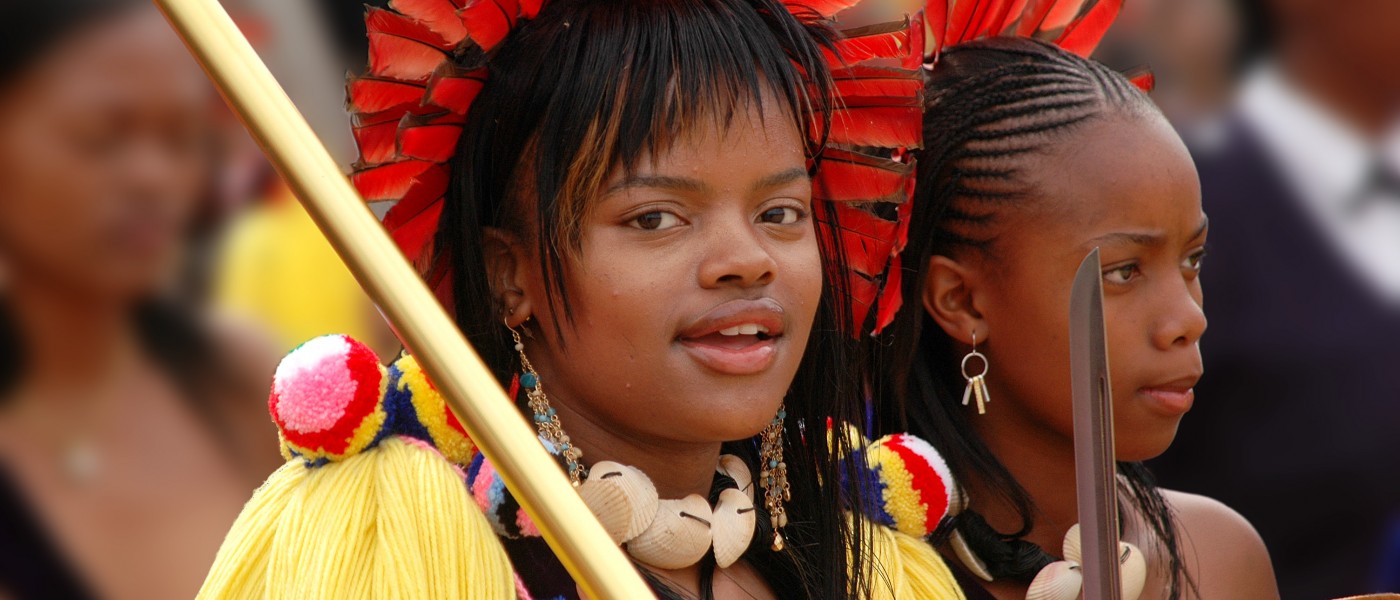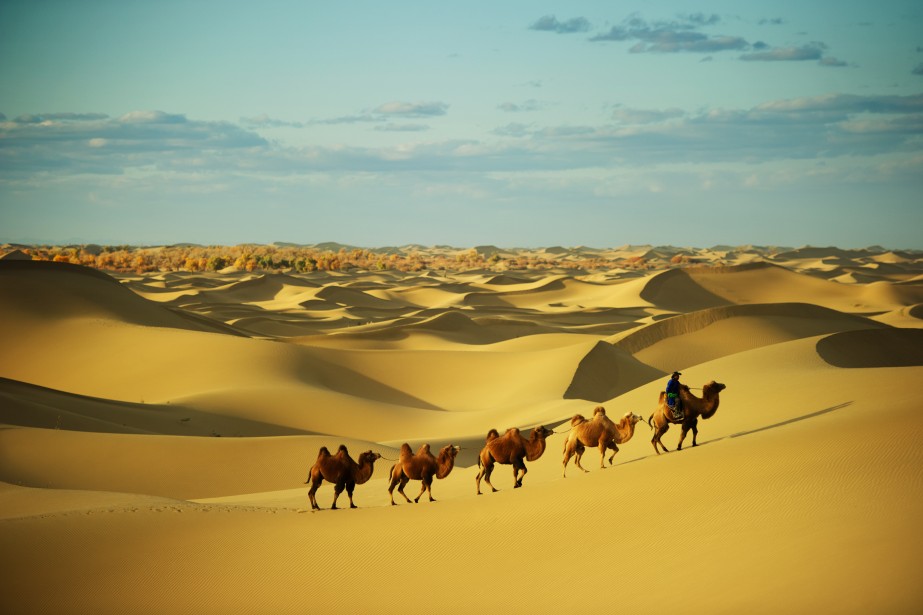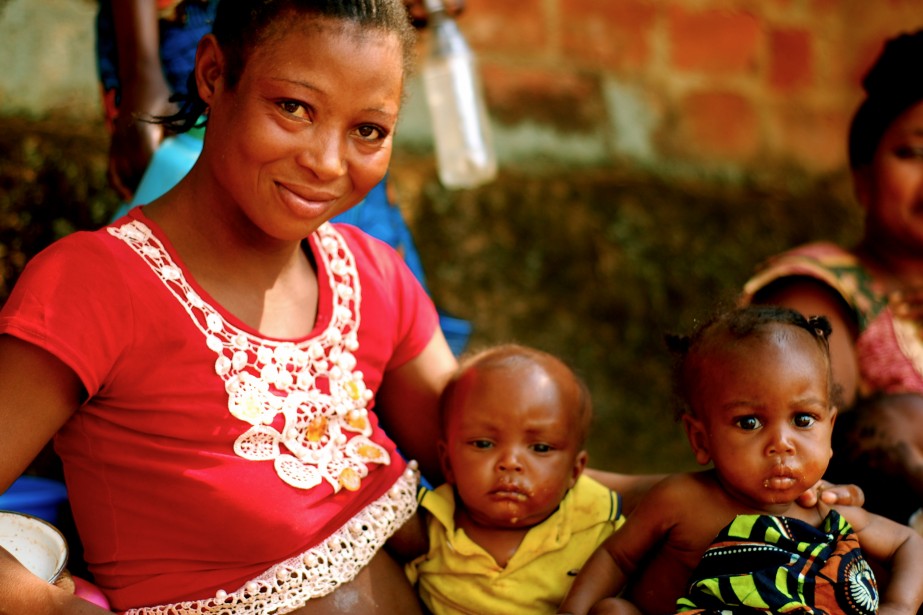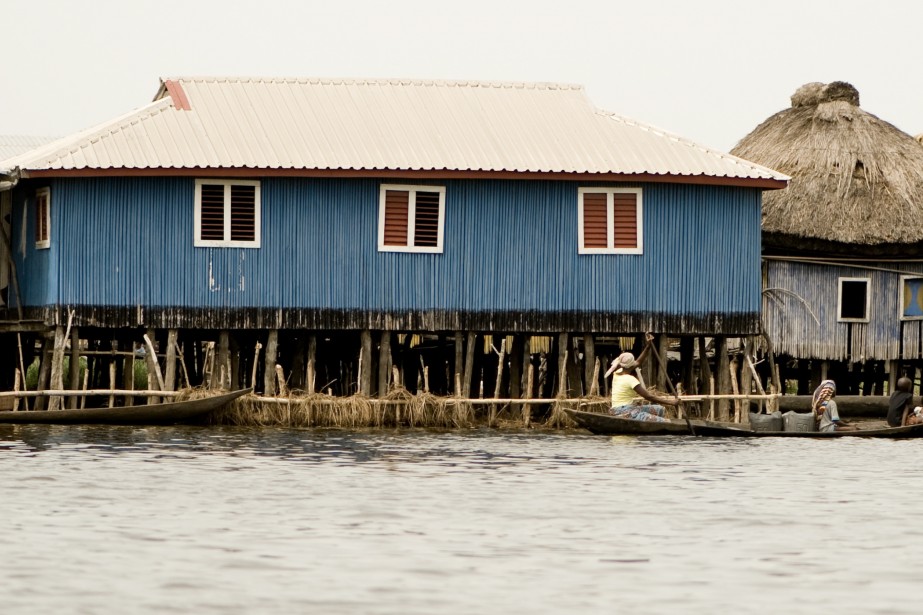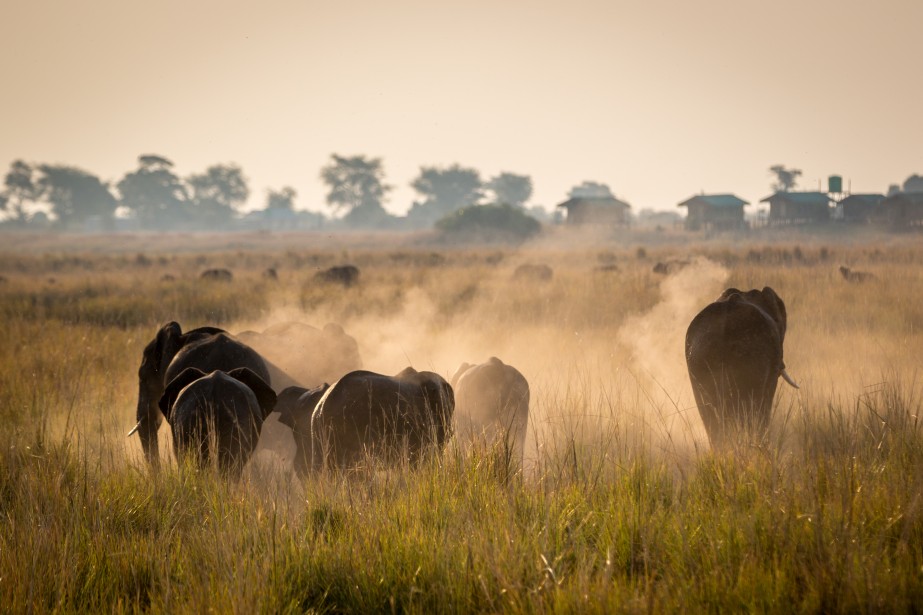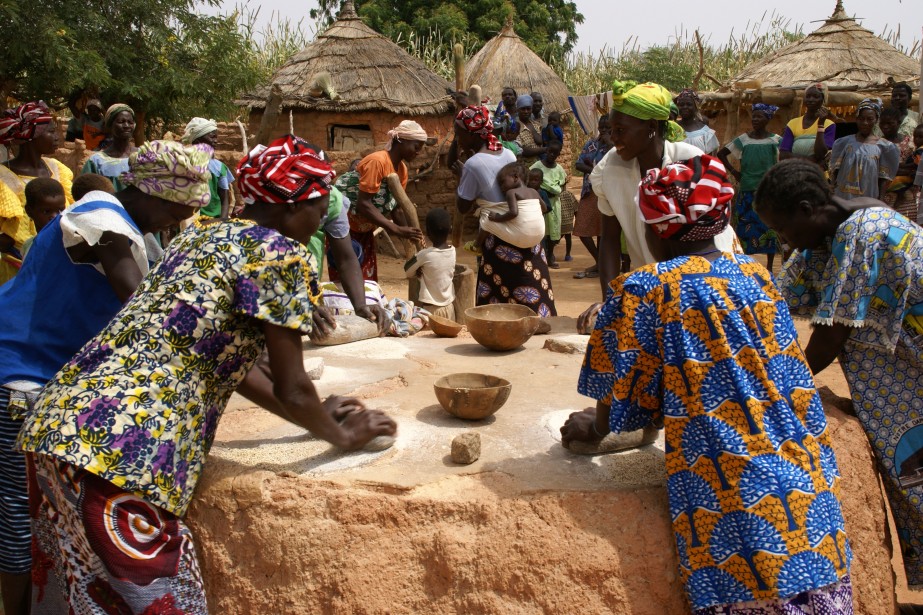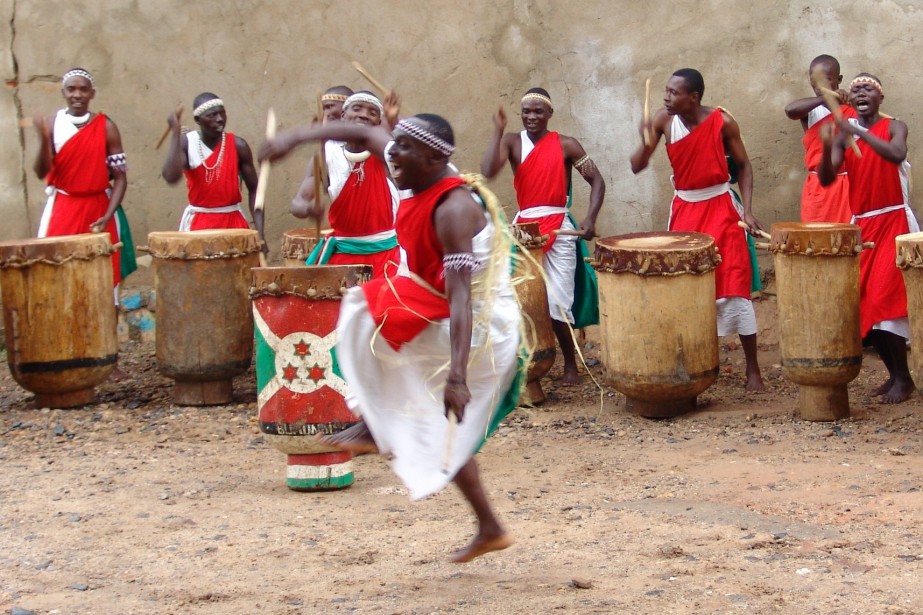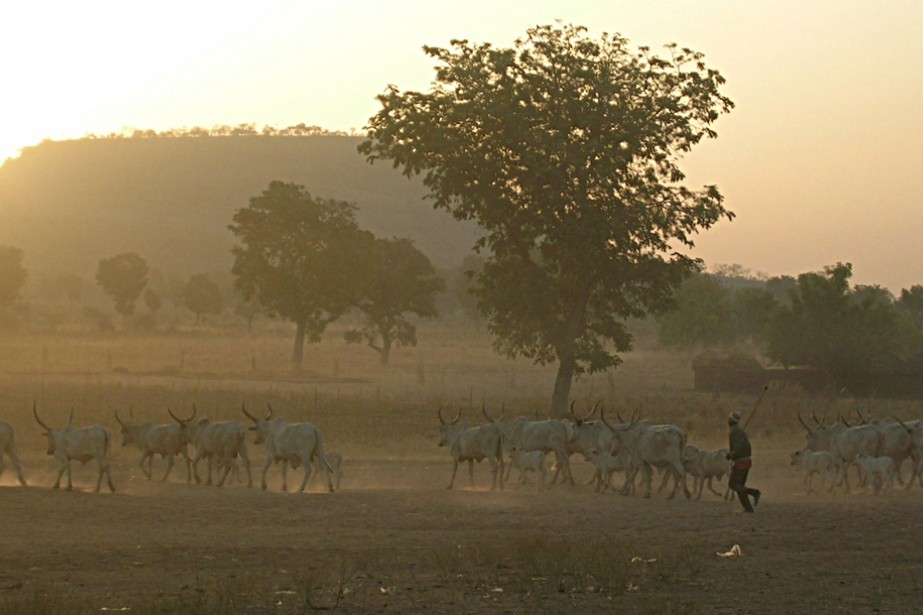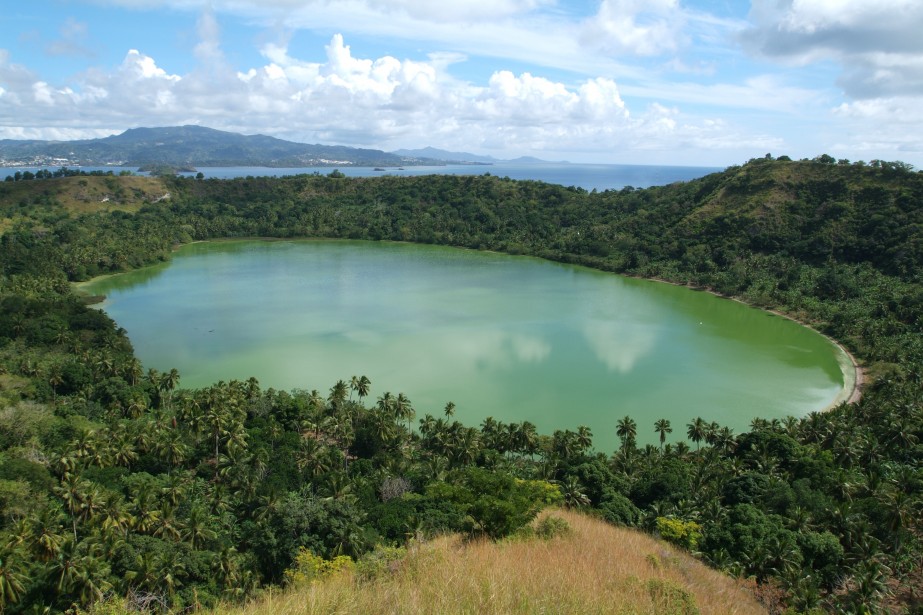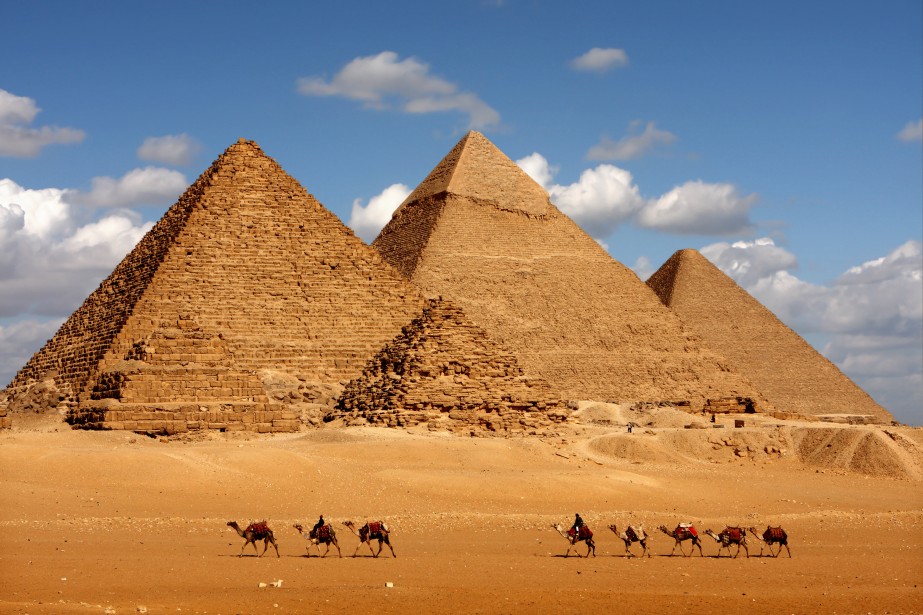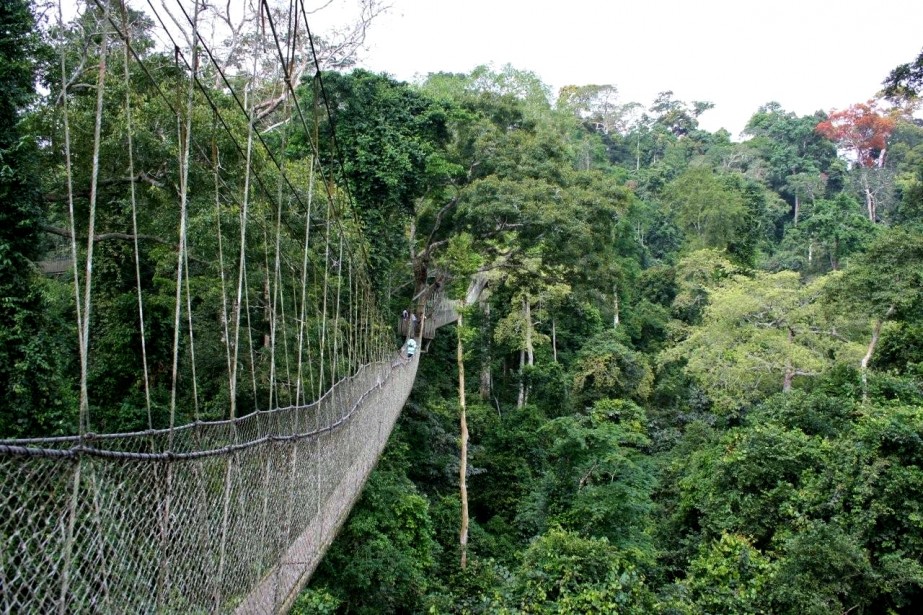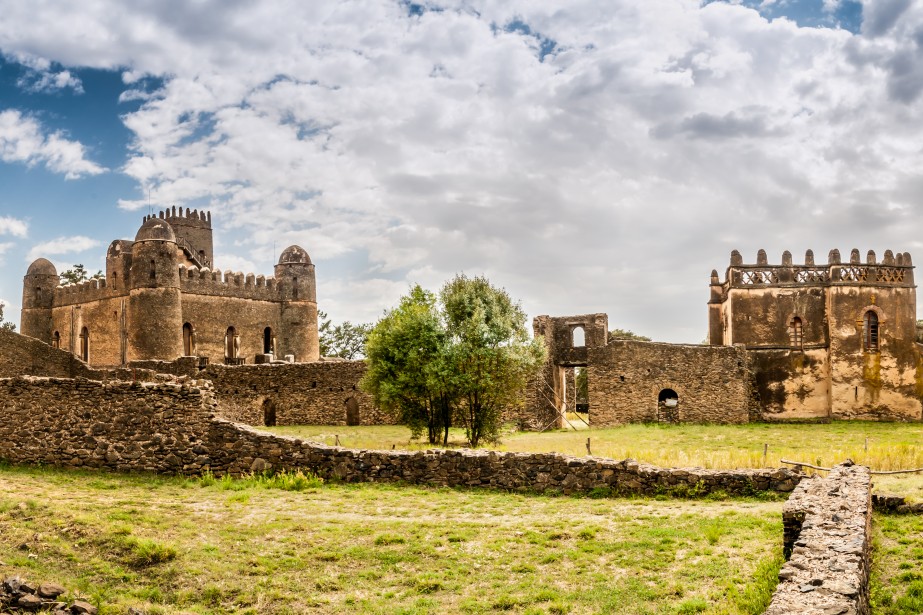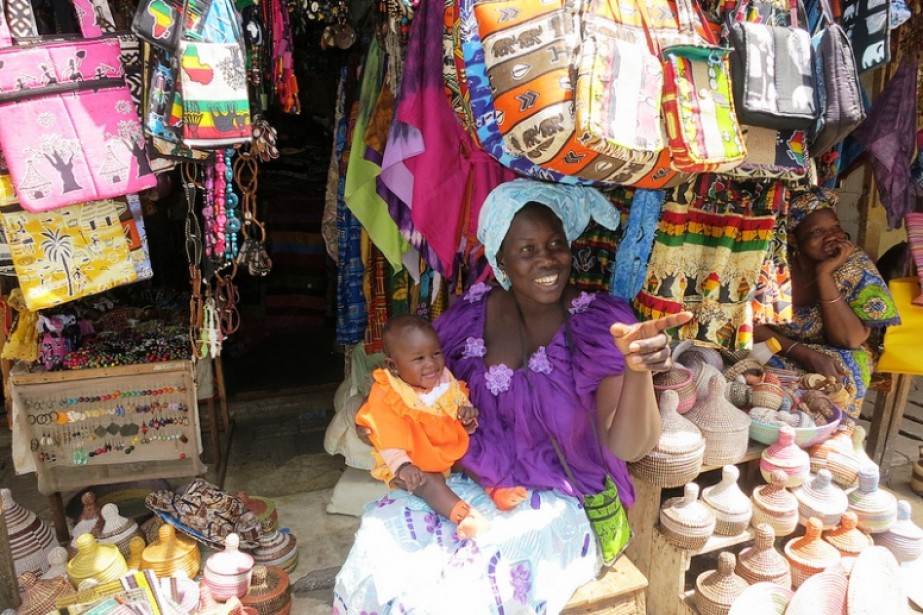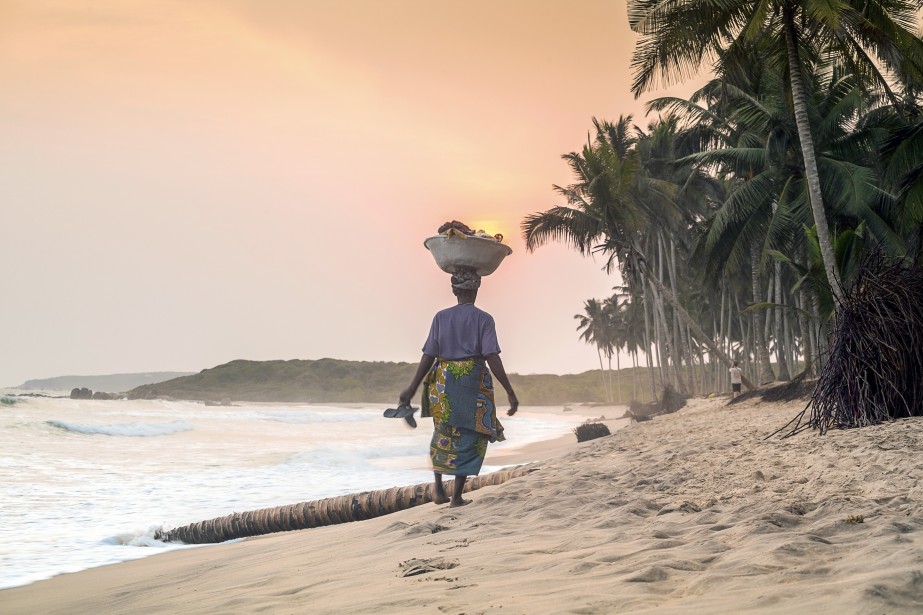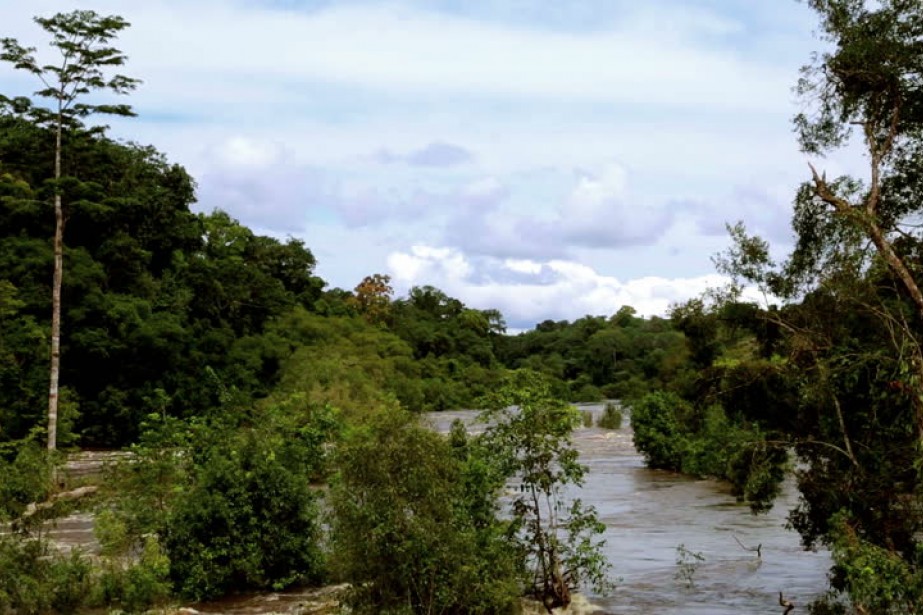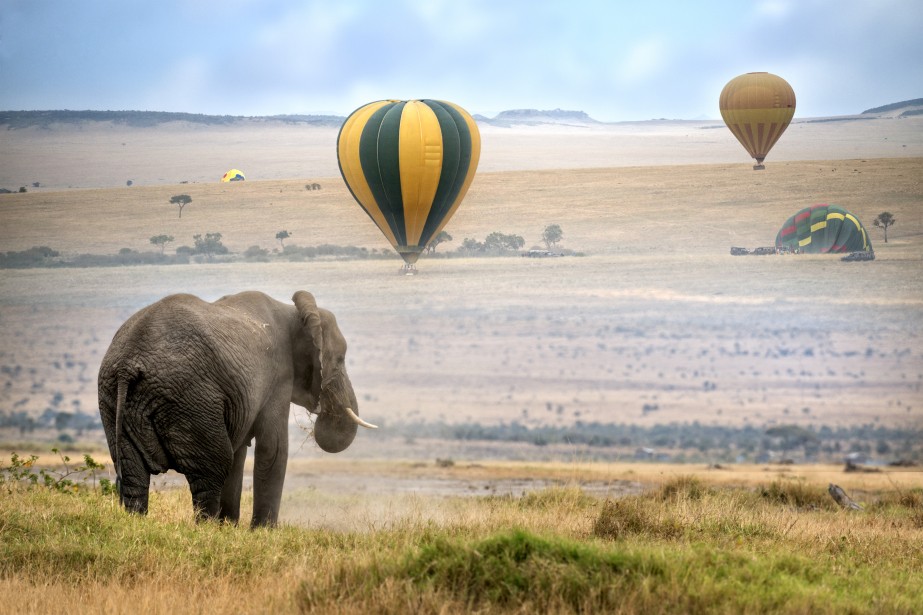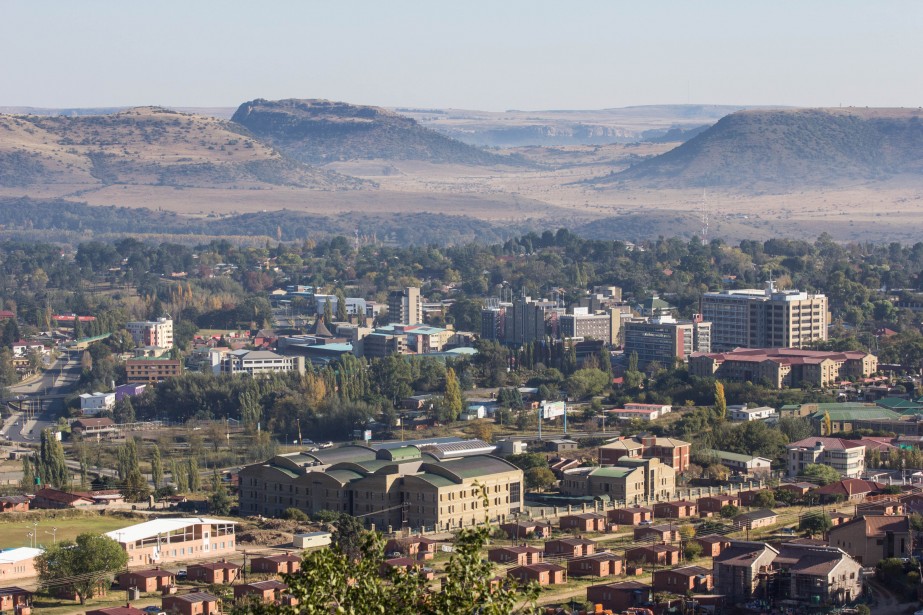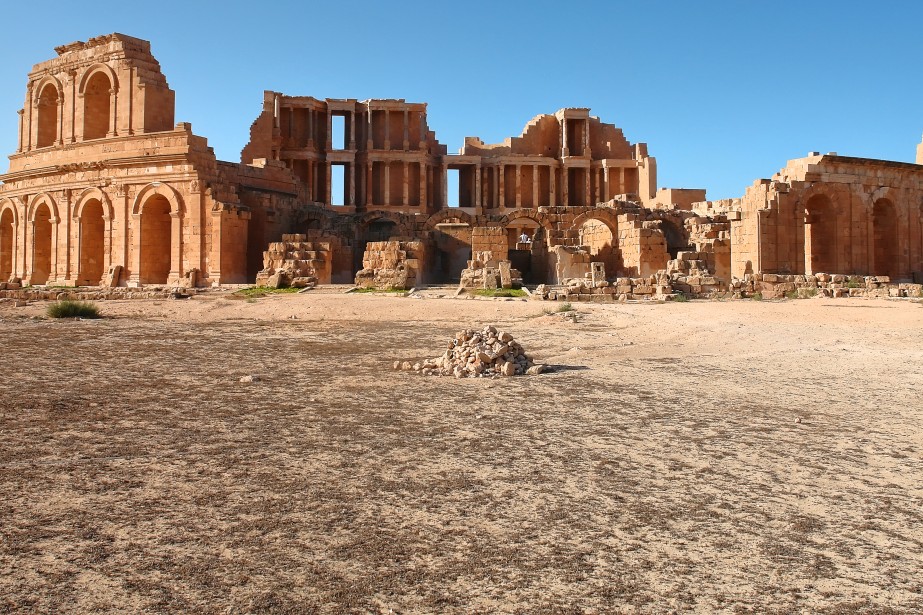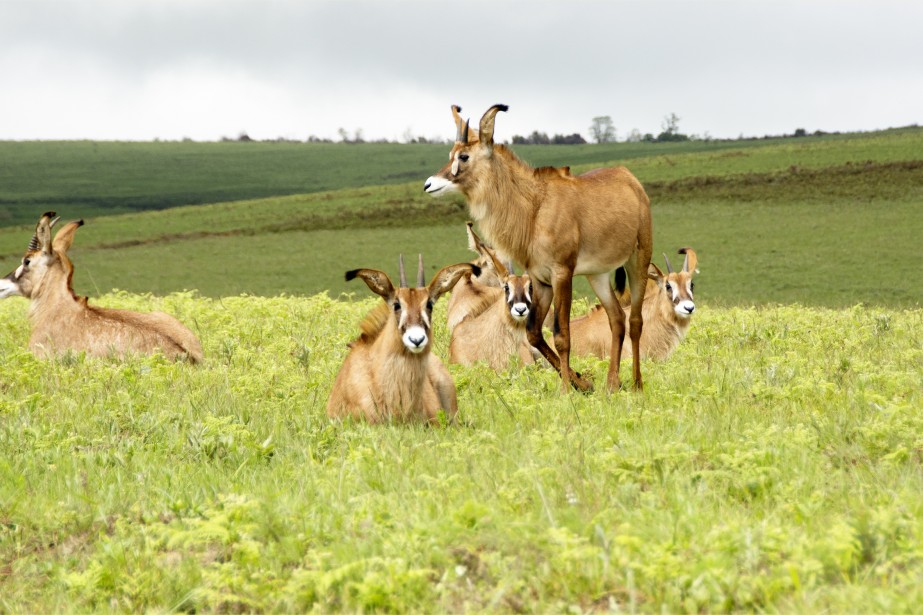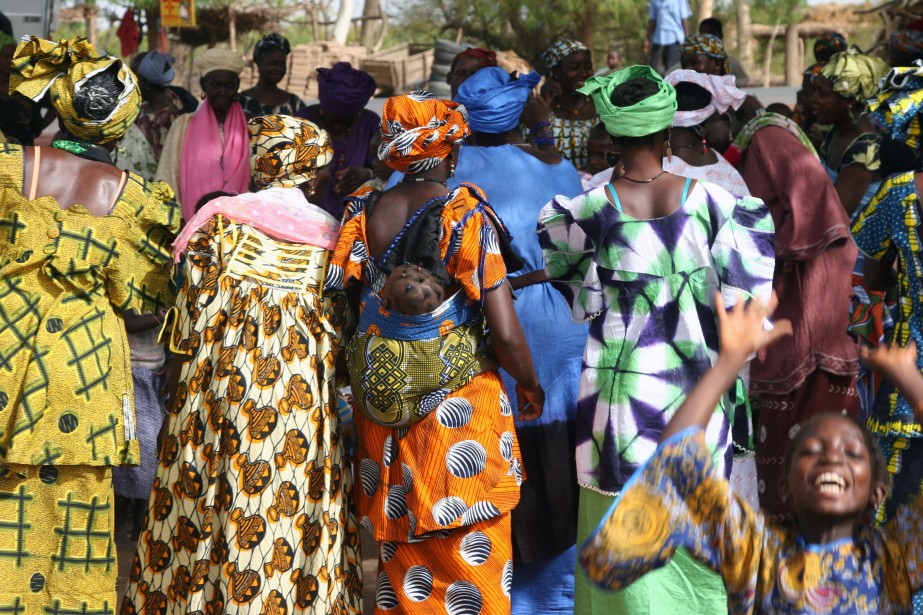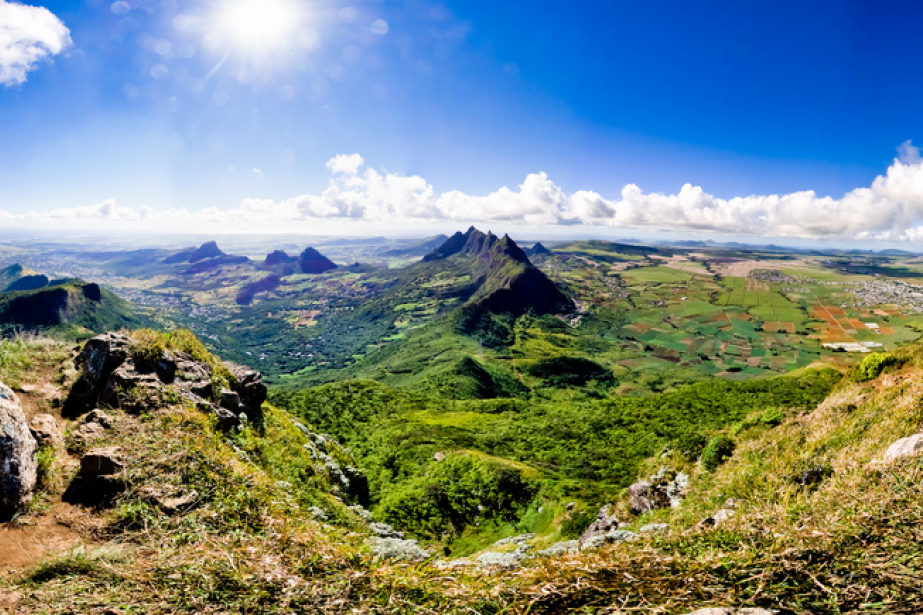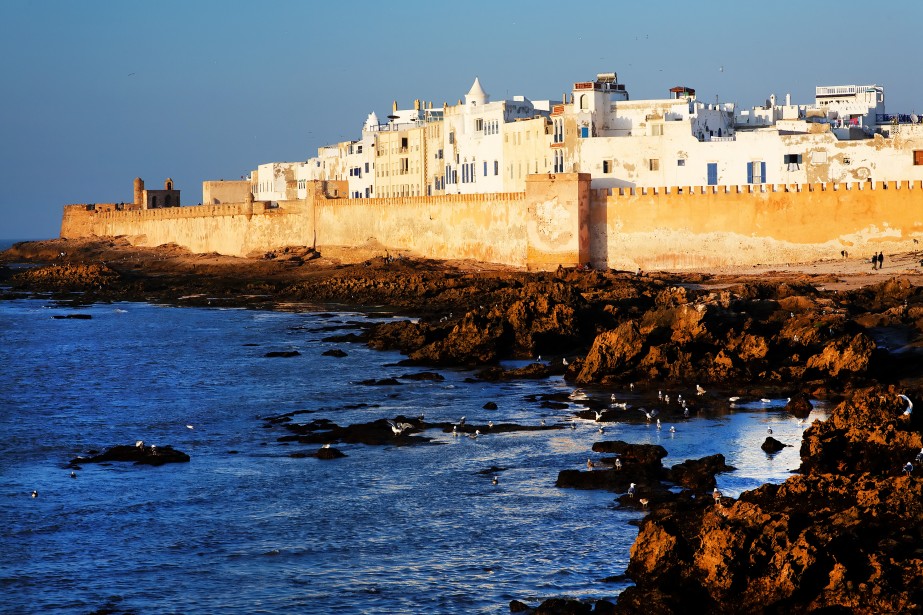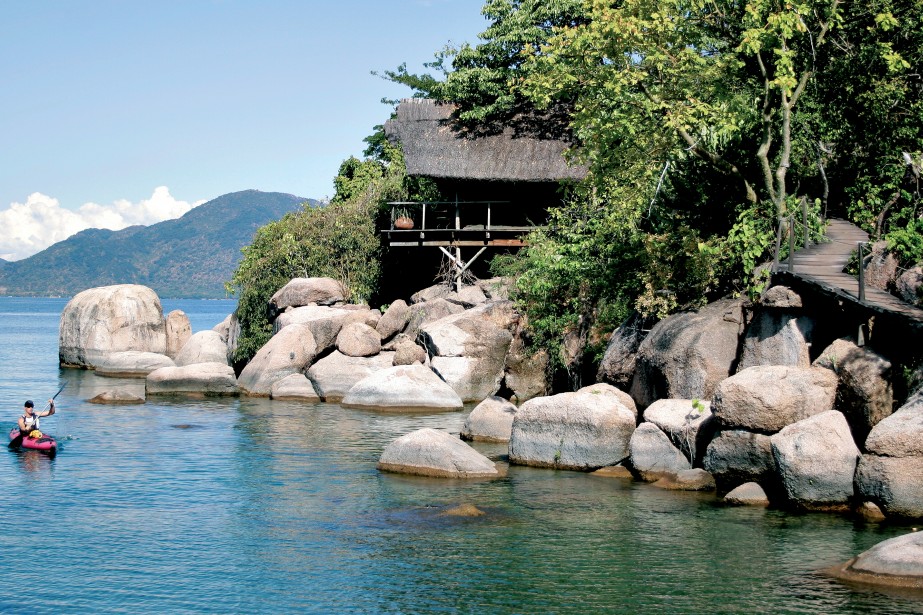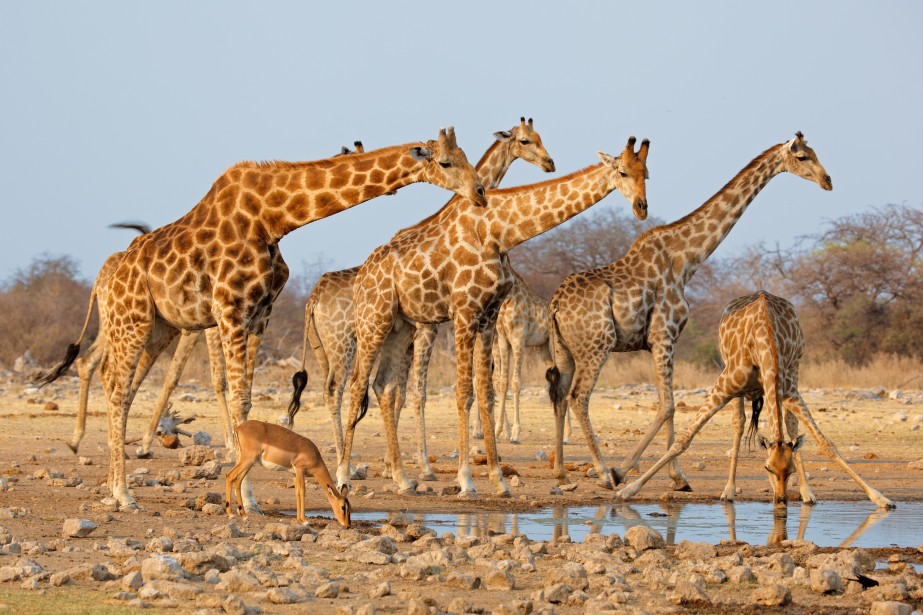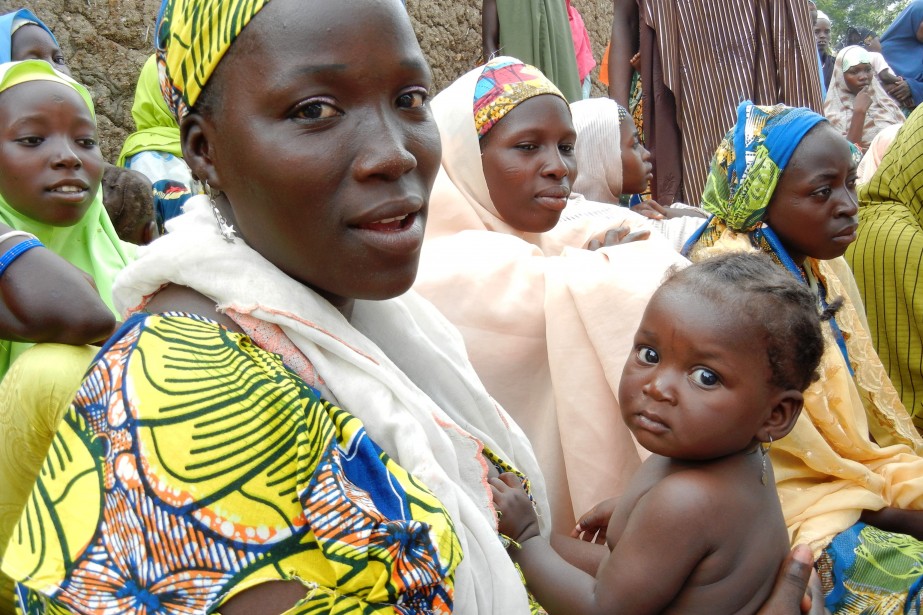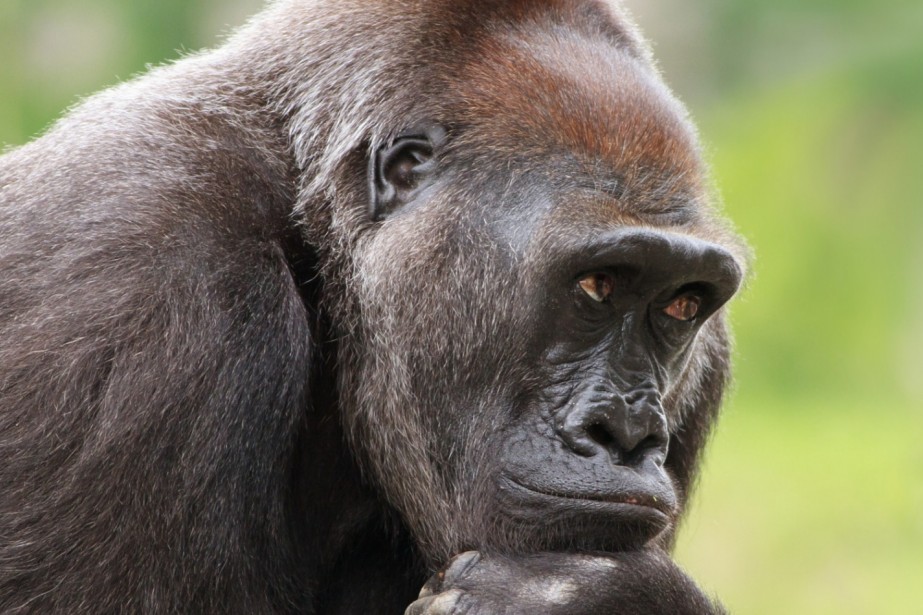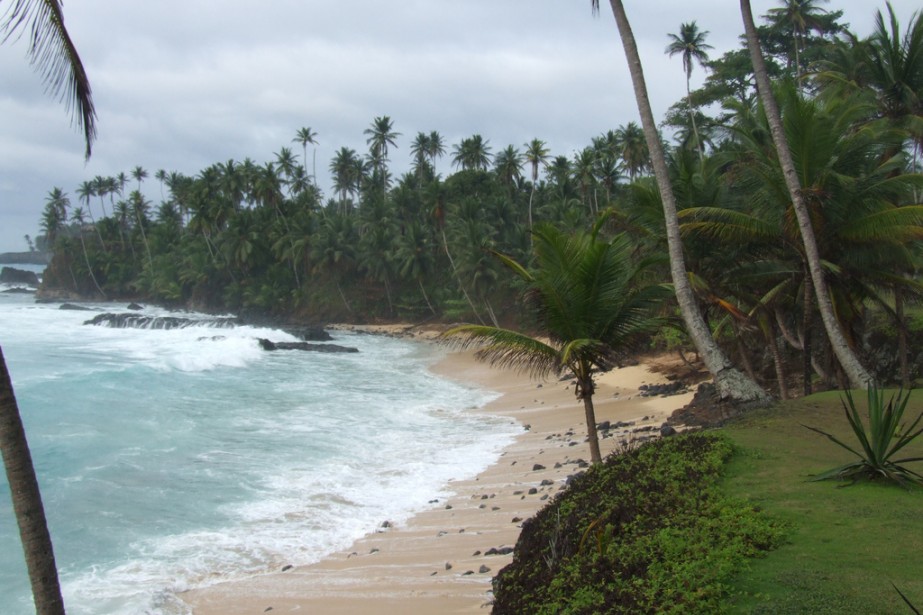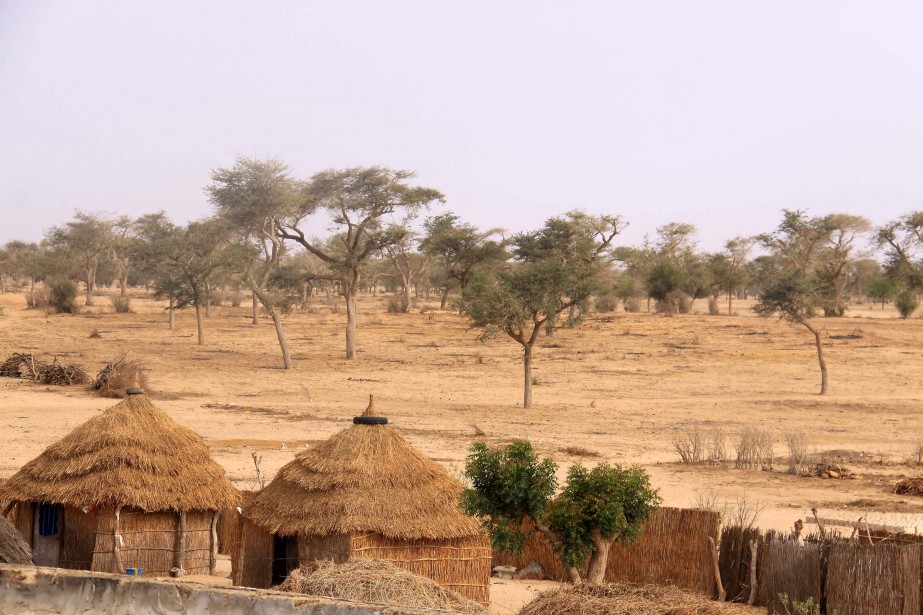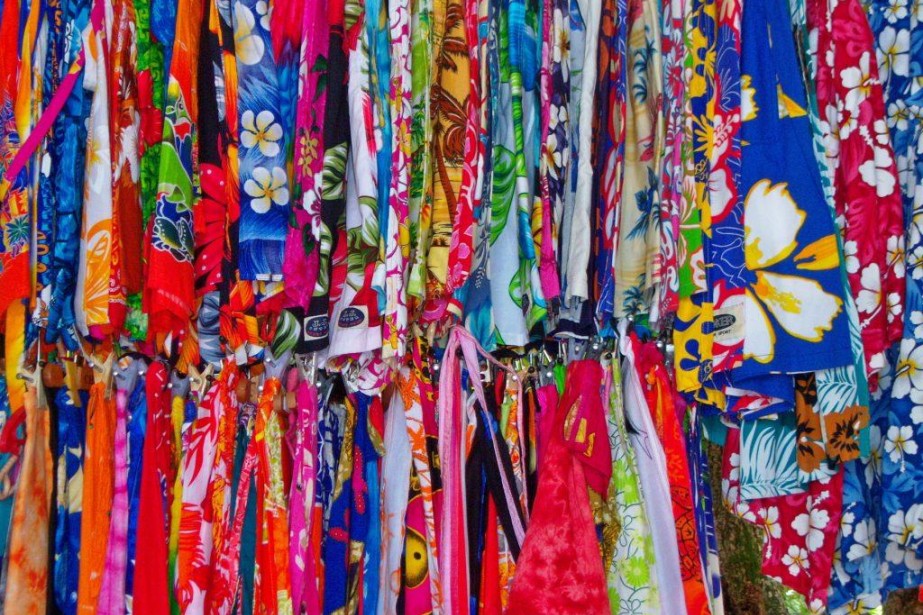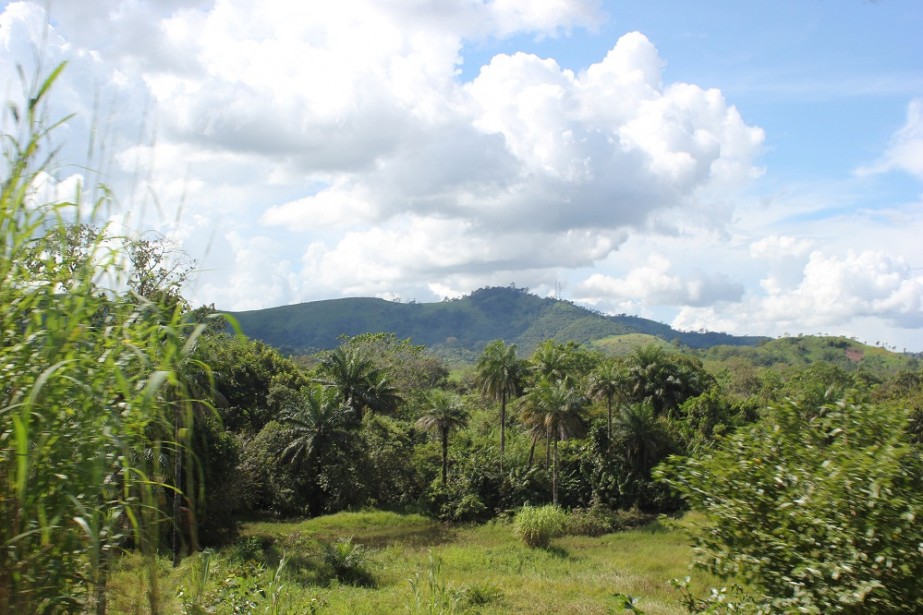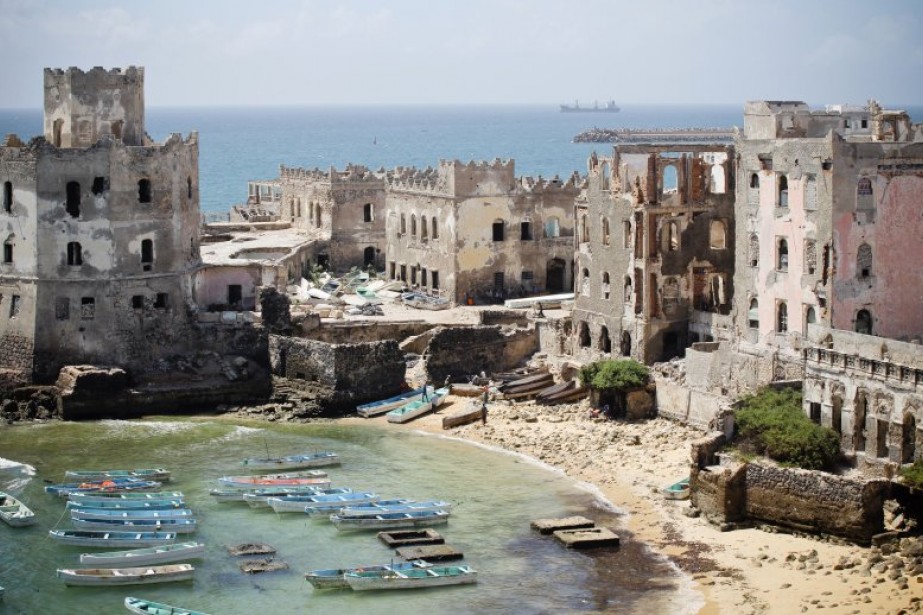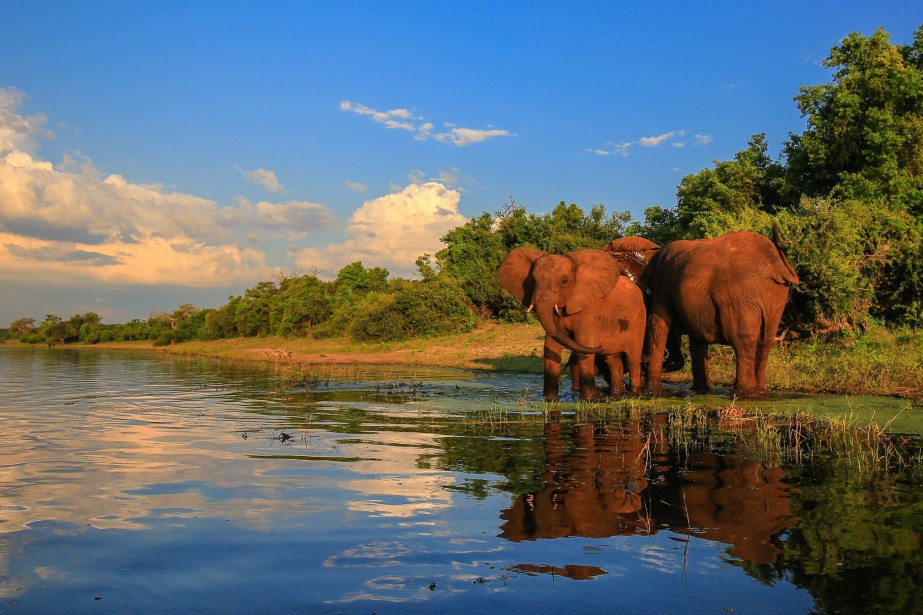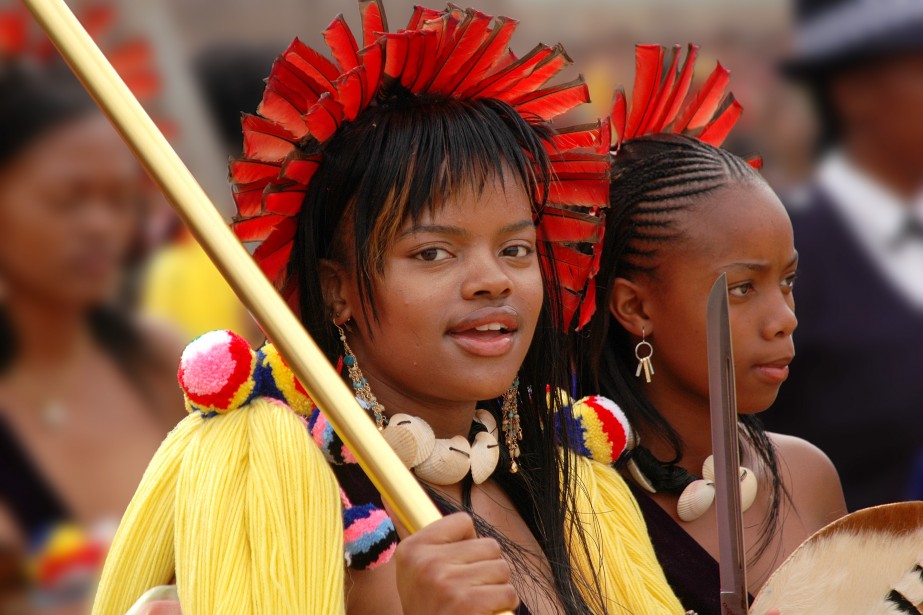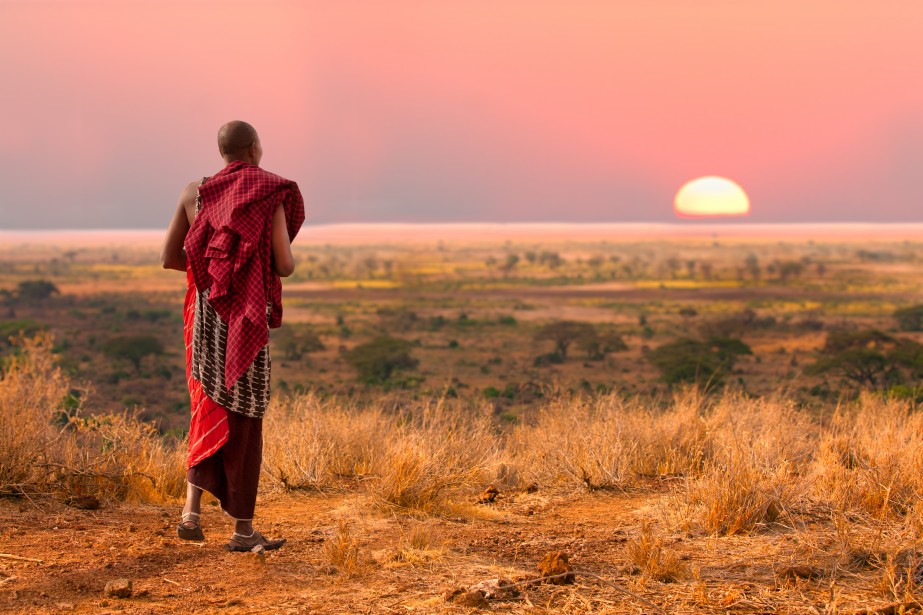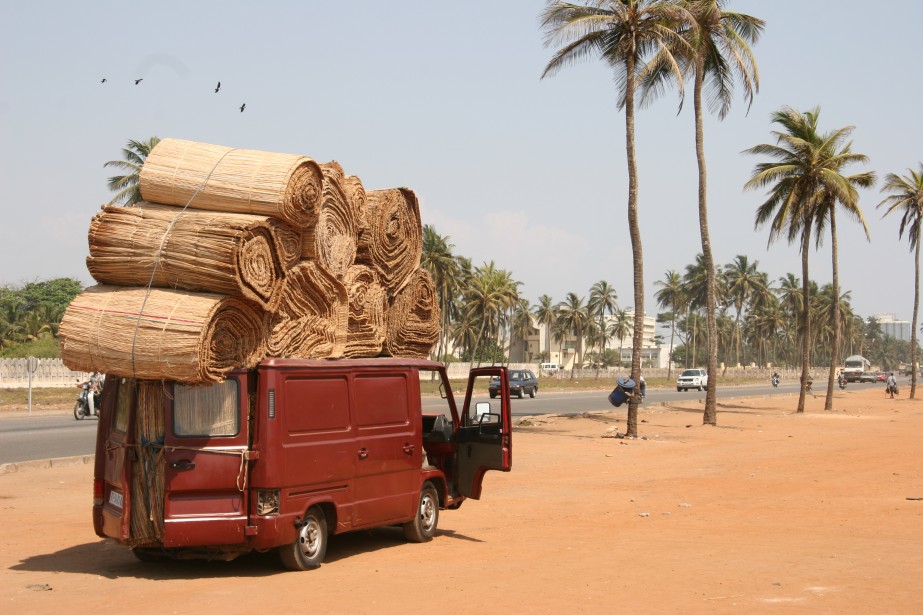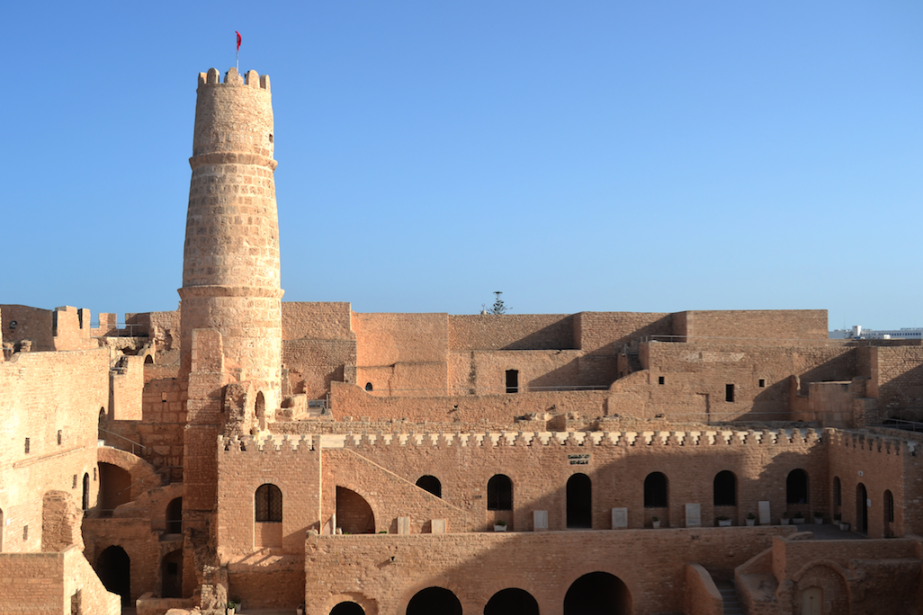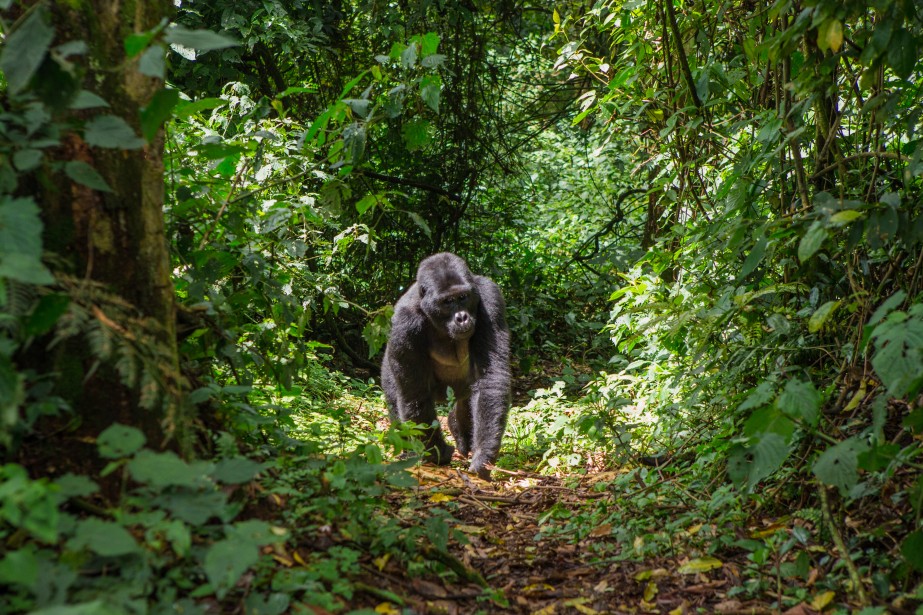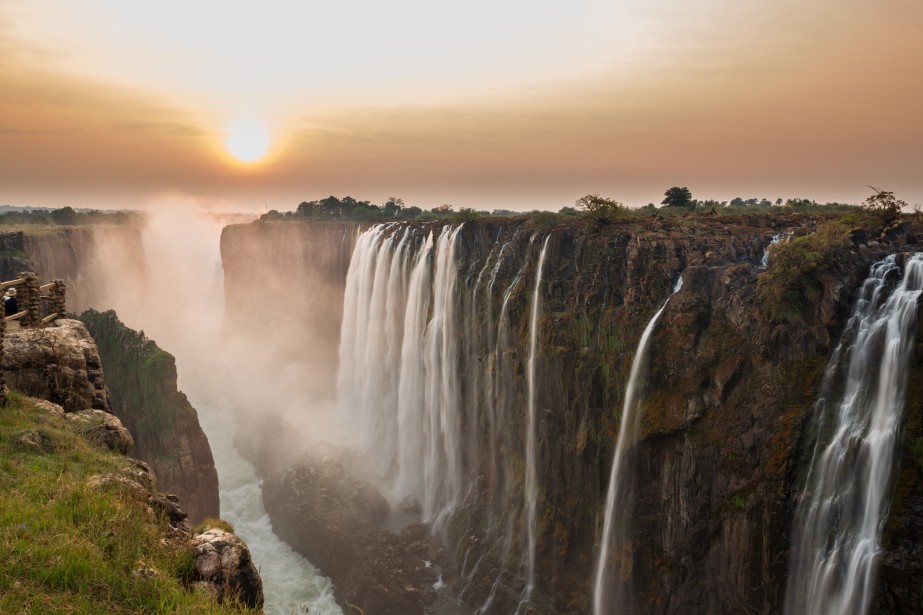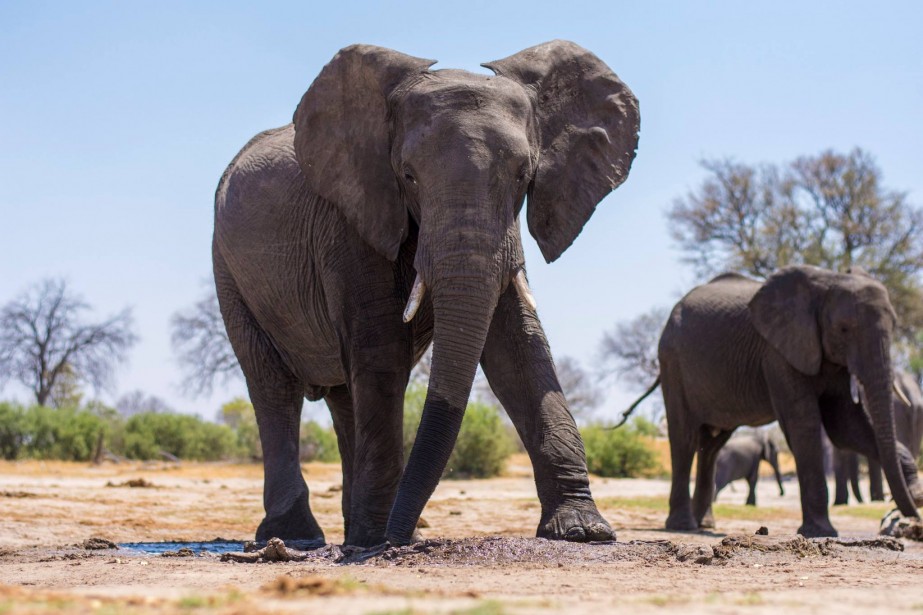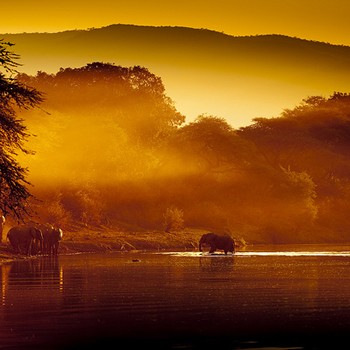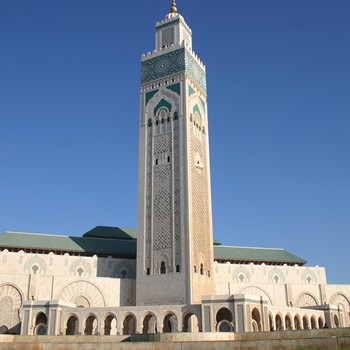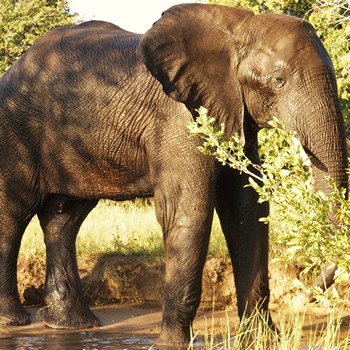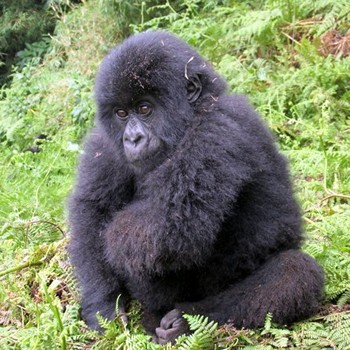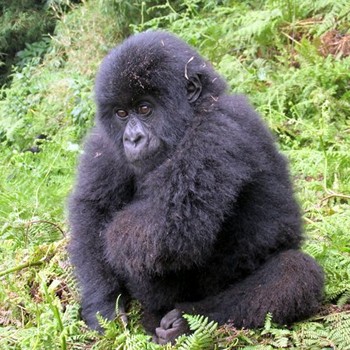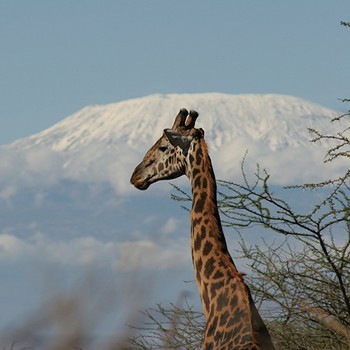Submitted by Cathie Johnson on November 18, 2015
AN OVERVIEW
Swaziland is a landlocked country located in the northeast region of South Africa. Swaziland also brushes up against the southern region of Mozambique. Like a diamond in the rough, Swaziland offers an untouched feel that many other areas of South Africa do not possess and therefore is often sought out by those hoping for a slightly more authentic experience.
With captivating wildlife to view, cultural festivals to attend, and stunning scenery to enjoy, Swaziland has endless opportunities for explorations and culture-absorption. Though the country is small, that doesn’t mean the mountains aren’t powerful in their beauty or the flatlands aren’t tranquil in their colors. You’ll be surprised by how diverse the scenery can be in such a deceptively small country.
Known for its intoxicating approach to the arts and crafts, one of Africa’s largest cultural events occurs in Swaziland, the Umhlanga festival. With a fairly moderate climate (at least in comparison to other countries in Africa) you can find yourself venturing there during any time of year with pleasant results.
WHEN TO TRAVEL – WEATHER
With a subtropical climate, you’ll find a great deal of humidity and moisture in the air while in Swaziland. The country has three very unique climate regions that are determined greatly by the topographical landscape of the area. For example, in the western region of the country you will find wet summer months and dry winter months. However, in the eastern region of the country you’ll discover more mountainous terrain and less rain.
Rainfall also is different throughout the various regions. The wet season, in general, falls between the months of October and March and it is an ideal time to visit the country for wildlife viewing and greenery.
The summer months can bring with them extreme high temperatures, especially in the Lowveld which can sometimes reach over 100-degrees Fahrenheit in the summer months. However, when sticking around Mbabane you’ll find that the temperature generally stays between the low 50s to mid-60s Fahrenheit no matter the time of year.
SWAZILAND CUISINE AND DRINKS
The daily meals of Swaziland are greatly determined by not only the local landscape, but by the current climate. What you’ll find on dinner tables will vary throughout the year and depend on what each family grows or owns themselves. The most common agricultural products in Swaziland are sugarcane, cotton, corn, and rice.
The majority of restaurants you will come across in Swaziland can be found in the more touristy of locations, such as in Mbabane or the Ezulwini Valley. You can find African meals, staples such as pap (a corn porridge) or African stew, throughout Swaziland. These items can often be found in the markets of each village. One of the best ways to experience Swaziland in an authentic way is stopping at a local stall on the street and tasting the homemade dishes. Grab a snack to go and spend the rest of your time exploring the area.
Many meals are corn-based, rice-based, or bean-based. In fact, you’ll find that corn is present in a great number of staple meals of the area. When the weather is just right and the plants are able to thrive you can also find a variety of tropical fruits from the area such as bananas, papayas, avocado, and mangos. Meat, on the other hand, is a specialty item for most of the population in Swaziland and is saved for special occasions. Animals are slaughtered for a ceremony or celebration and often cooked open an open spit. Nothing goes to waste and the quality of the meat reflects the status of those who are serving the meat.
Many rural communities will brew their own local Swazi beer and can be tasted throughout the region. Some beer is made with corn and can have an almost chewy, thick layer to it which makes it almost more of a snack than a beverage. However, it’s important to take note that these beers are not regulated and often are very high in alcohol content.
POPULAR SITES OF SWAZILAND
- Mlilwane Wildlife Sanctuary: Located in central Swaziland, this wildlife sanctuary is easy to get to and provides visitors with a peaceful and beautiful glimpse into the landscape and nature of Swaziland. With the vistas centered around the dramatic edge of the Nyonyane Mountain, you’ll find yourself surrounded by fresh air and life. Make your way to the watering hole near the primary camp side to catch glimpses of birds and animals seeking a sip of refreshing water.
- Yebo Contemporary Art Gallery: One of the best places to see the exceptionally talented artists coming out of Swaziland is at the Yebo Contemporary Art Gallery. Halfway through 2015 the gallery showcased work from over 70 different artists and continues to draw the most talented artists to its gallery. The gallery also believes in supporting and mentoring the growing community of artists and assists new artists in any way it can.
- Manzini Market: In the heart of Manzini lies the vibrant and life-filled market. Here you can spend your afternoon wandering between African vendors from near and far, who help you see what creativity abounds in the Swaziland region. From small crafts to colorful textiles, the Manzini Market is a great way to step into the sparkling heartbeat of a country.
- Swazi Cultural Village: Located in Mantenga and unabashedly designed to draw tourists, the Swazi Cultural Village is still a must-see for anyone hoping to step into the traditional historical design of Swazi culture. The village embodies the traditional Swazi lifestyle, including authentic garb, music and dance. Pause to watch the performers dance and sing before touring the huts that make up the village. A great stop for the whole family.
PRACTICAL INFO
Visas
Visas are not required for US citizens to enter Swaziland. However, a valid passport is required that will still be valid for at least three months upon entry into the country.
Banks and Currency
The official currency of Swaziland is the Swaziland lilangeni. In addition, Swaziland is a member of the Common Monetary Area (CMA). The CMA connects South Africa, Lesotho, Swaziland, and Namibia in a monetary union and the South African Rand is legal in all these countries.
South African Rand is widely accepted throughout Swaziland so if you are coming from South Africa there is no urgency in changing your money into Swaziland lilangeni.
The Swaziland lilangeni (SZL) comes in both banknotes and coins. The plural form of lilangeni is emalangeni. The coins come in denominations of E1, 2, and 5 and cents of 1, 2, 5, 10, 20, 50 and 100 denominations. Banknotes come in denominations of E10, 20, 50, 100 and 200.
You should not depend on ATMs as there are only a few that accept international cards and may not always be functional. In addition, credit cards are usually only accepted at hotels and upscale restaurants.
Traveller’s cheques are accepted and can be exchanged at banks, however, it’s most encouraged to make the majority of your payments with cash. Both USD and Euros are the most readily exchanged of currency.
Tipping
It is custom to provide a 10% - 15% tip to service bills in both restaurants and hotels.
Customs
Swaziland is one of the more conservative countries in Southern Africa and homosexuality, particularly male homosexual activities, are illegal. It is not uncommon for people of the homosexual community to be harassed or discriminated against.
In addition, be sure to ask permission before taking photographs of individuals or personal property. Generally the locals are more than happy to accommodate you, as long as you ask in a friendly and understanding manner. Sometimes they might request that you send them a copy, which you should be sure to follow through on if you say yes.
http://traveltips.usatoday.com/climate-swaziland-104479.html
http://www.thekingdomofswaziland.com/pages/content/index.asp?PageID=76
http://www.worldtravelguide.net/swaziland/food-and-drink
http://journeymart.com/de/swaziland-best-time-to-visit.aspx

